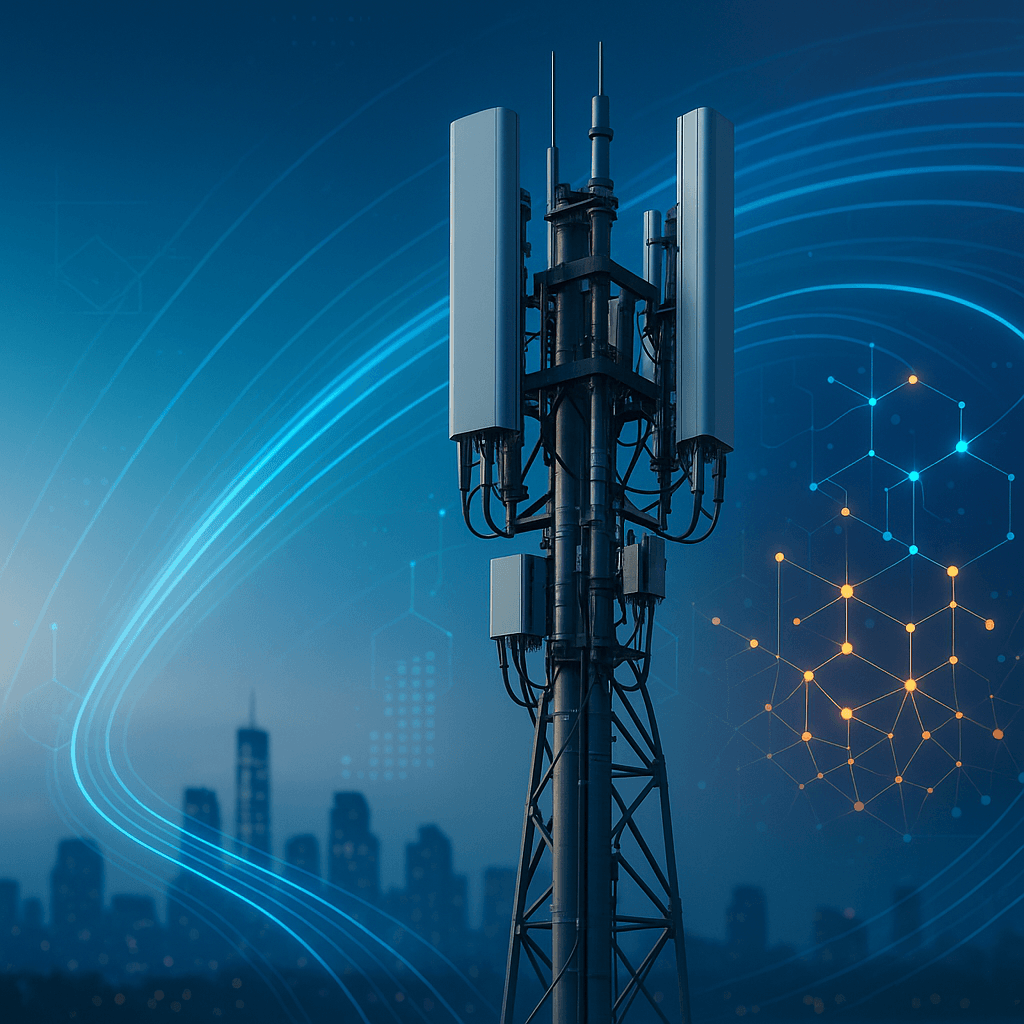Nvidia is spearheading a US coalition to develop AI-native 6G networks that could fundamentally reshape global telecommunications infrastructure. The chip giant's AI-WIN project promises to deliver networks that don't just carry AI traffic but are powered by AI from the ground up, potentially giving America a critical edge in the next-generation wireless race where national security and economic dominance are at stake.
Nvidia just threw down the gauntlet in the global race for 6G supremacy. The chip giant announced it's leading a coalition of US companies to develop AI-native wireless networks that could rewrite the rules of telecommunications infrastructure - and potentially hand America back its competitive edge in a sector it's been losing ground in for decades.
The stakes couldn't be higher. While previous generations of wireless networks simply got faster, 6G represents something fundamentally different - the first generation designed from the ground up to handle AI traffic. According to Nvidia's latest blog post, these networks won't just carry AI workloads; they'll be powered by AI at every layer, from spectrum optimization to real-time threat detection.
"The nations and companies leading this shift, known as AI-native 6G, are poised to lead the global AI economy," the company stated, laying bare the geopolitical implications. With mobile phone subscriptions already exceeding global population and AI services proliferating at network edges, the architecture decisions made today will determine who controls the infrastructure powering tomorrow's digital economy.
The technical leap is staggering. Where 5G brought faster data transfers, 6G will deliver AI inference at the edge, handling workloads for autonomous vehicle fleets, smart glasses, and collaborative robots without round trips to centralized data centers. Nvidia estimates telecom operators could earn roughly $5 in AI inference revenue for every $1 invested in new AI radio access network infrastructure - a return that could transform the economics of wireless deployment.
But the real game-changer lies in software-defined infrastructure. Unlike today's single-purpose, hardware-defined systems that require complete overhauls with each generation, AI-native 6G will enable operators to evolve networks through software updates. This shift from hardware cycles to software innovation could compress development timelines and open the field to new participants.
The timing is critical. International standards committees have already begun defining 6G specifications, and warns that "international competitors have dominated global network deployments" for decades and are "racing to do the same with 6G." The company's AI-WIN project represents America's bid to regain leadership by leveraging its AI computing advantages.












